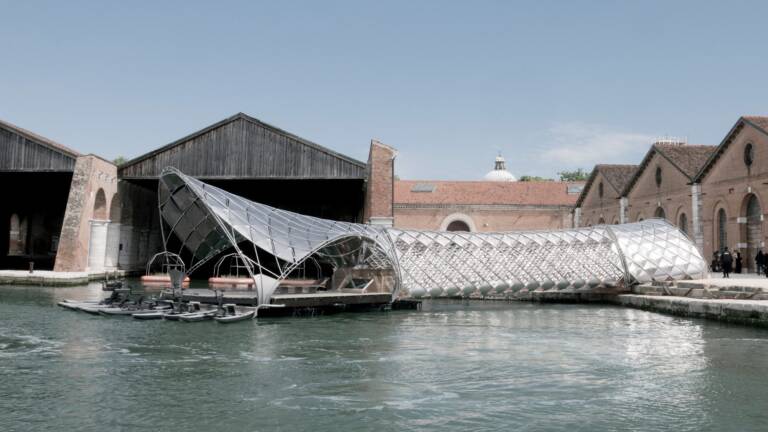Unveiled at the Venice Architecture Biennale 2025, Gateway to Venice’s Waterway is a striking new installation by Norman Foster architect and Porsche, presented at the Arsenale from 10th May to 23rd November. Blending aesthetics with innovation, the 37-meter-long structure functions as both a pedestrian bridge and an electric water transport hub—symbolizing a leap toward more sustainable, emotionally intelligent urban design.
As one of the most talked-about highlights of the Venice Architecture Biennale, the project reflects Foster’s vision of a future where heritage and high-tech seamlessly converge. The bridge draws on the elegance of traditional Venetian footbridges while introducing a kinetic surface inspired by Porsche’s design language and motorsport legacy. It’s no surprise that the Norman Foster architect approach brings together poetry, precision, and purpose.
Speaking at the Venice Architecture Biennale 2025, Foster described the work as “a proposition” for greener, smarter cities. Porsche contributed more than aesthetics—its electric-powered Frauscher boats and Schiller water bikes demonstrate the brand’s evolution “beyond the car,” as head of design Michael Mauer put it.
Rooted in circular economy principles, the bridge uses local materials and a modular system, reinforcing a shared commitment to sustainability. For Norman Foster architect and the Porsche design team, this marks the beginning of an ambitious long-term partnership—one that could reshape mobility in global cities. As the Venice Architecture Biennale continues to explore the intersection of architecture, ecology, and imagination, Gateway to Venice’s Waterway stands as a bold and beautiful case study in action.
Don’t miss our conversation with Carlo Ratti—curator of the Venice Architecture Biennale—on algorithmic ethics, the unpredictability of cities, and the architecture of what comes next.

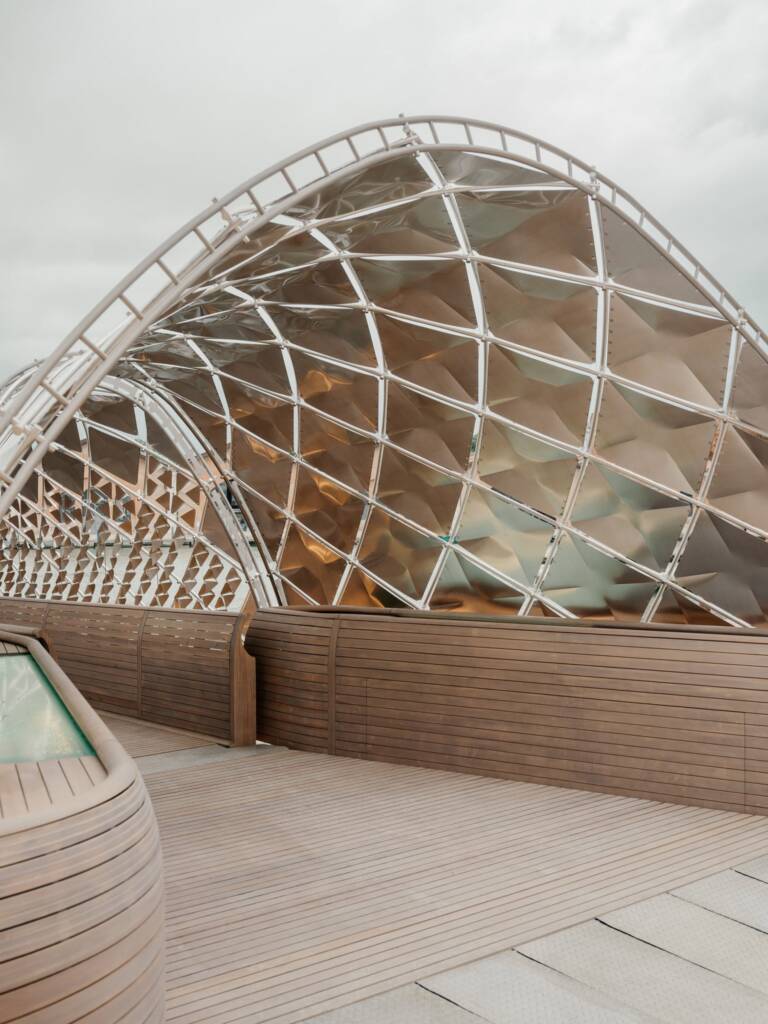
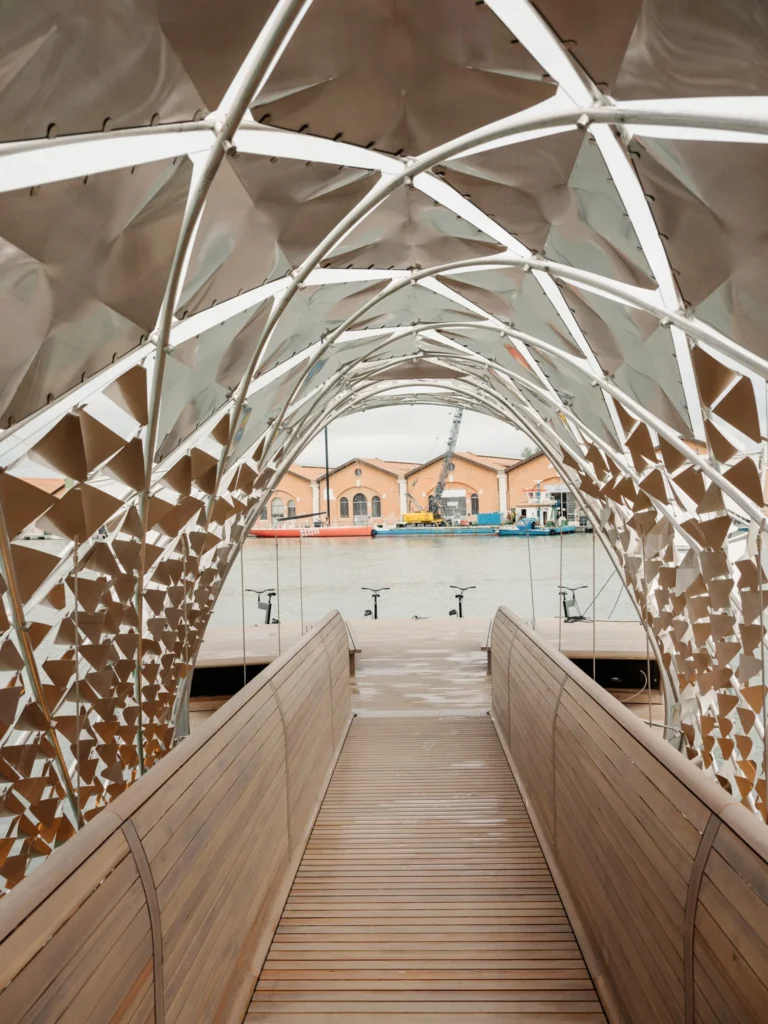
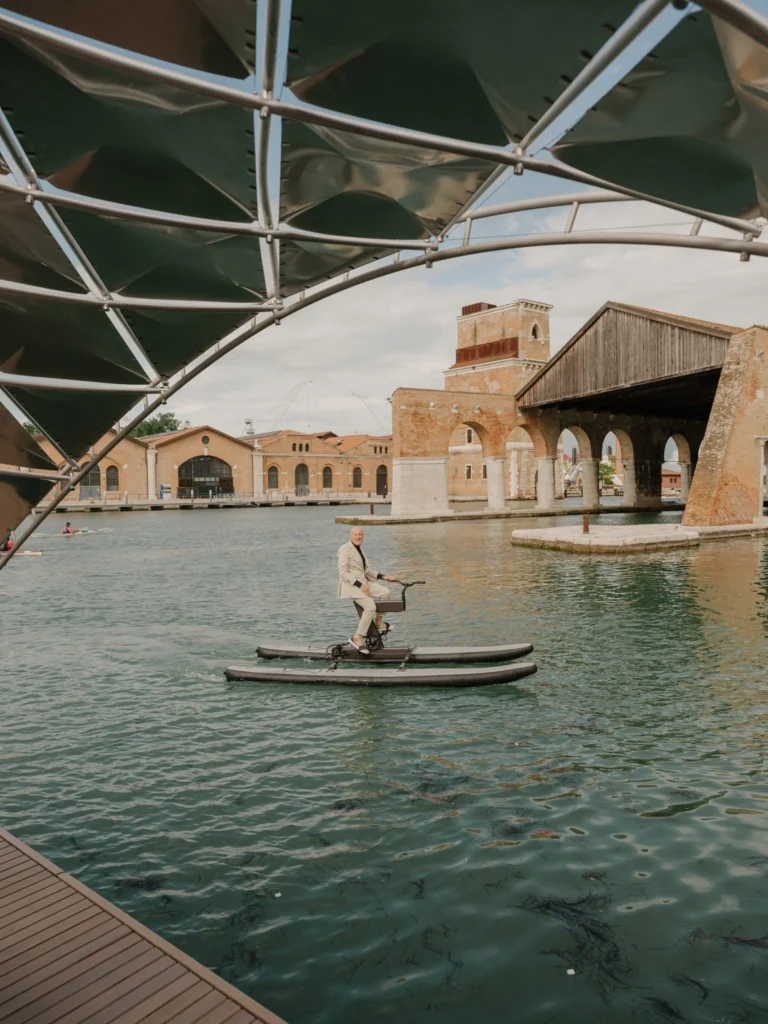
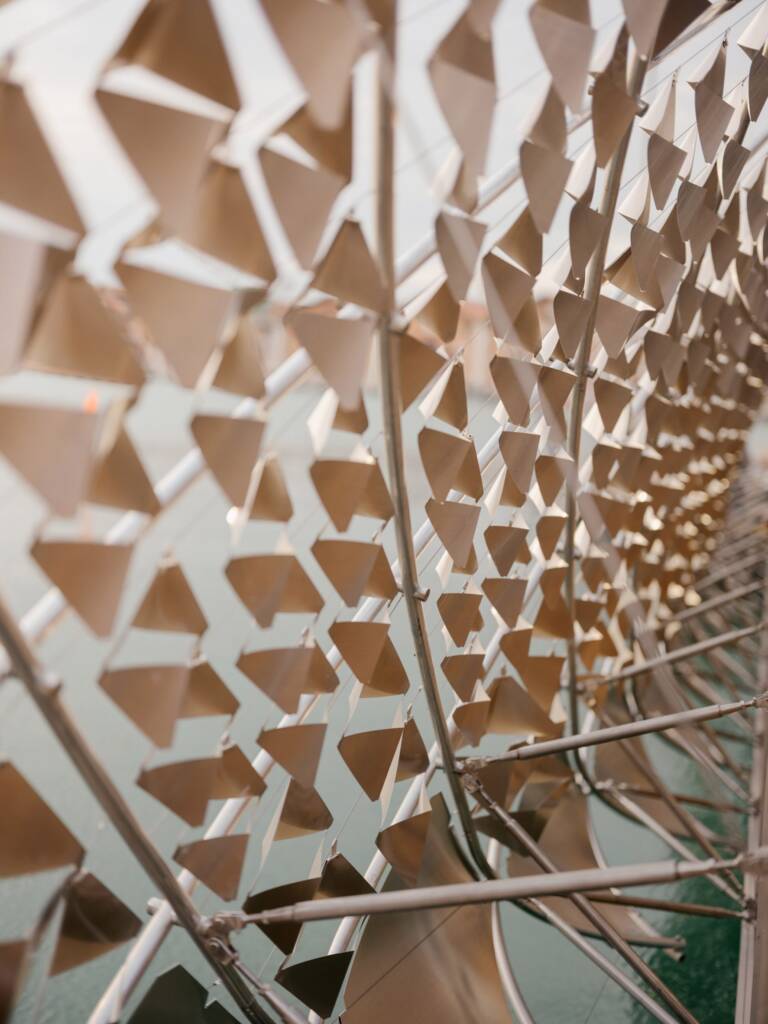
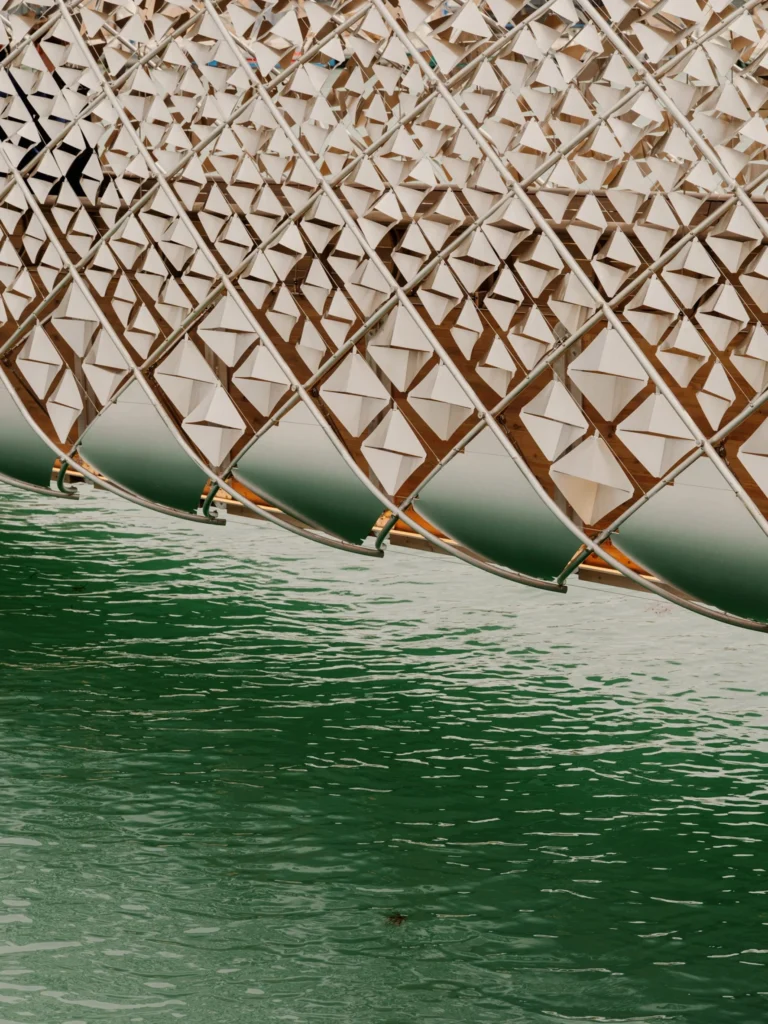

Photography by PABLO GÓMEZ OGANDO
